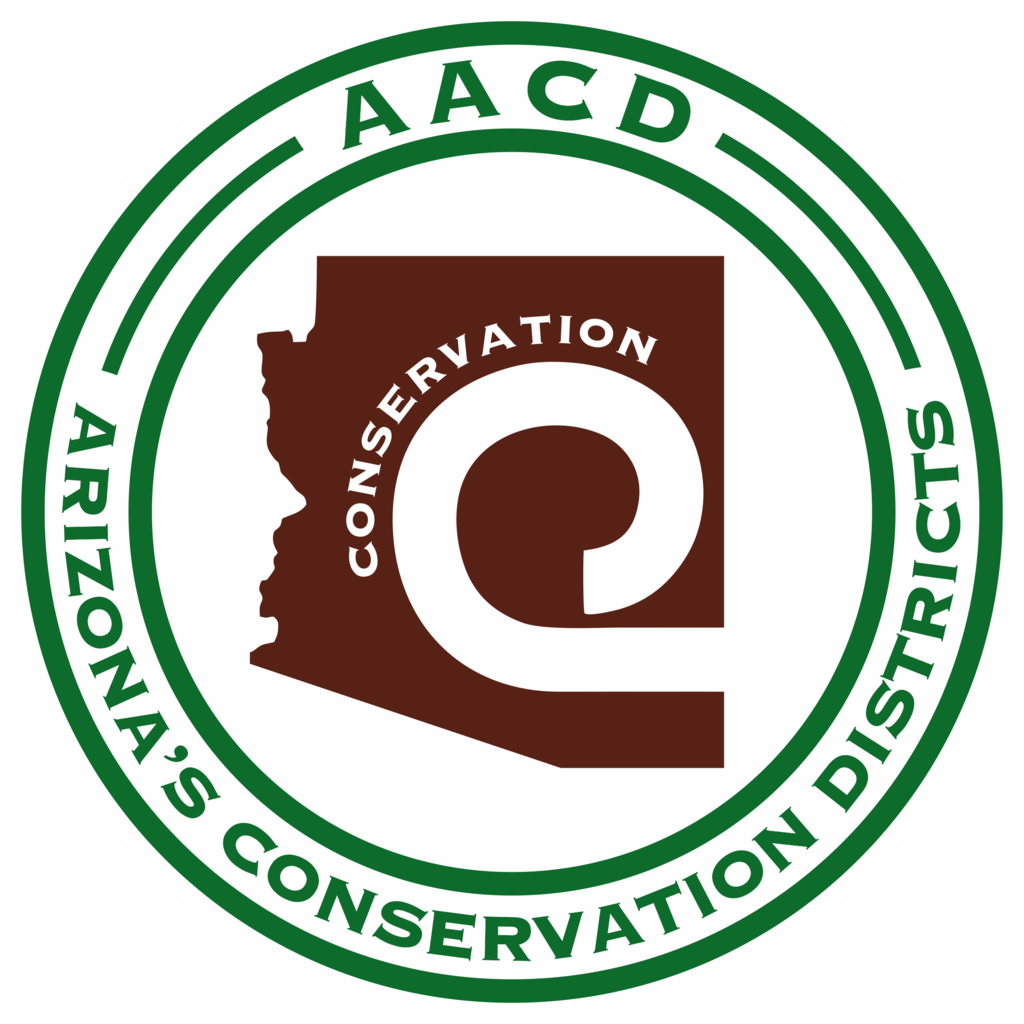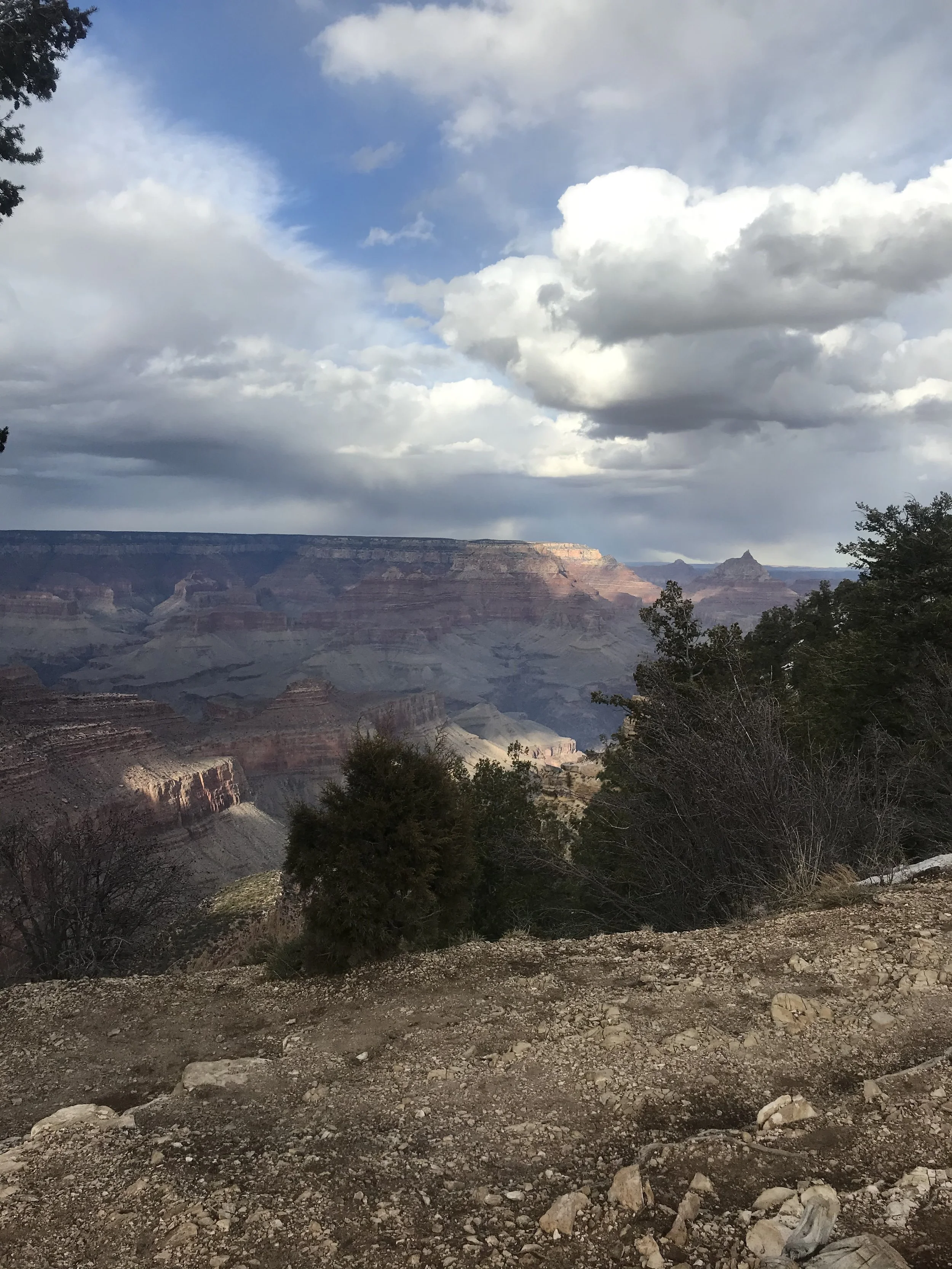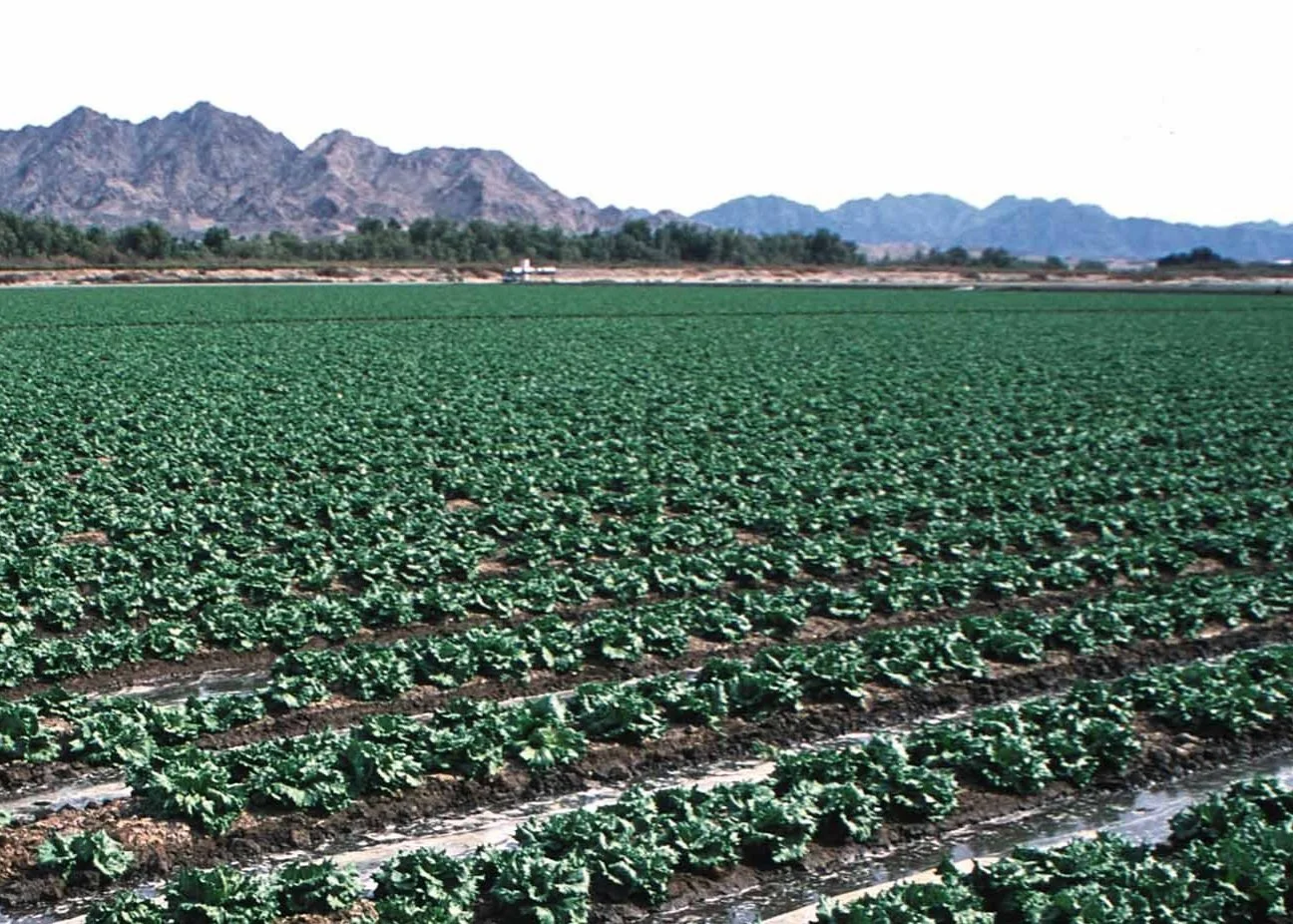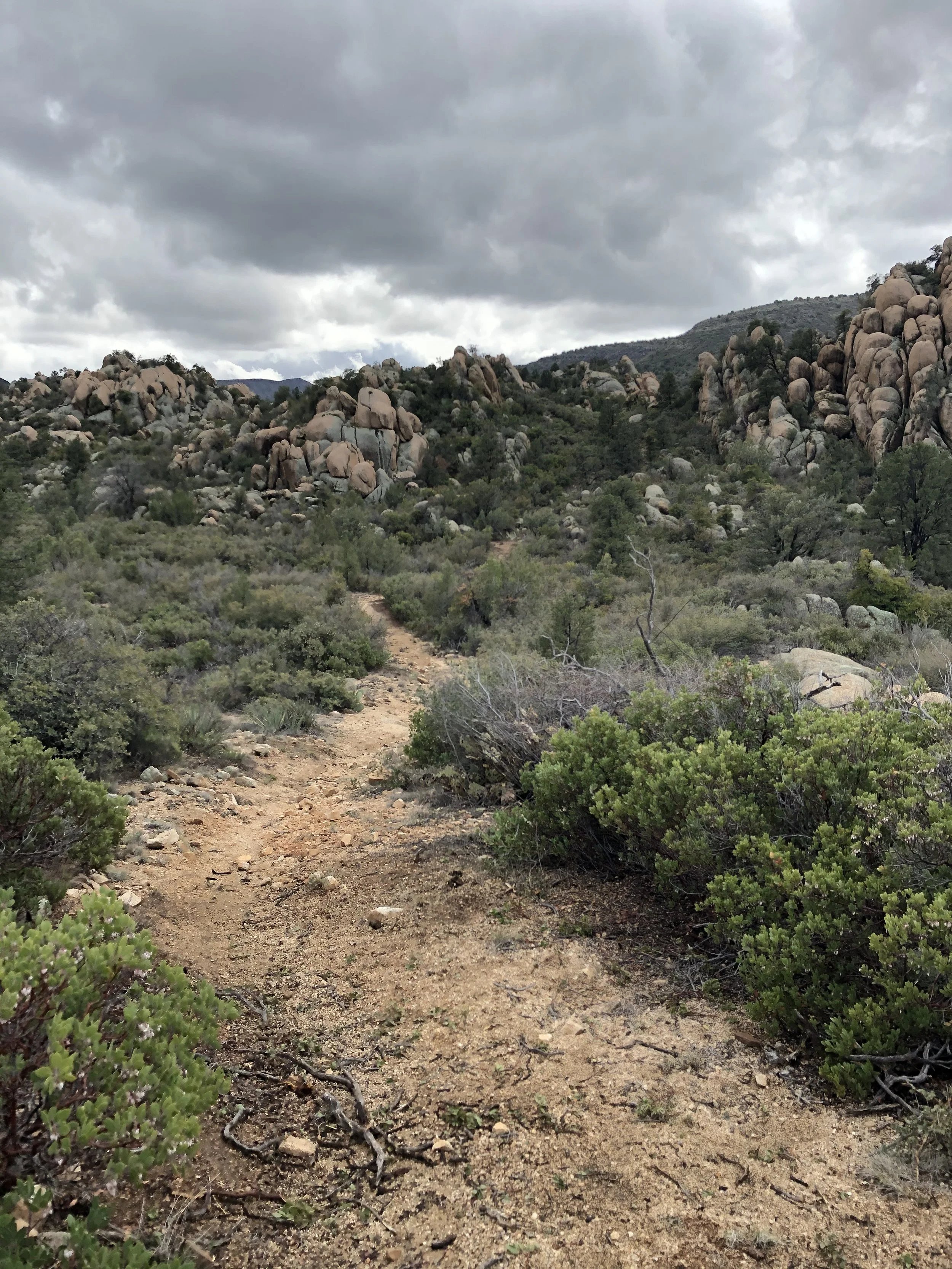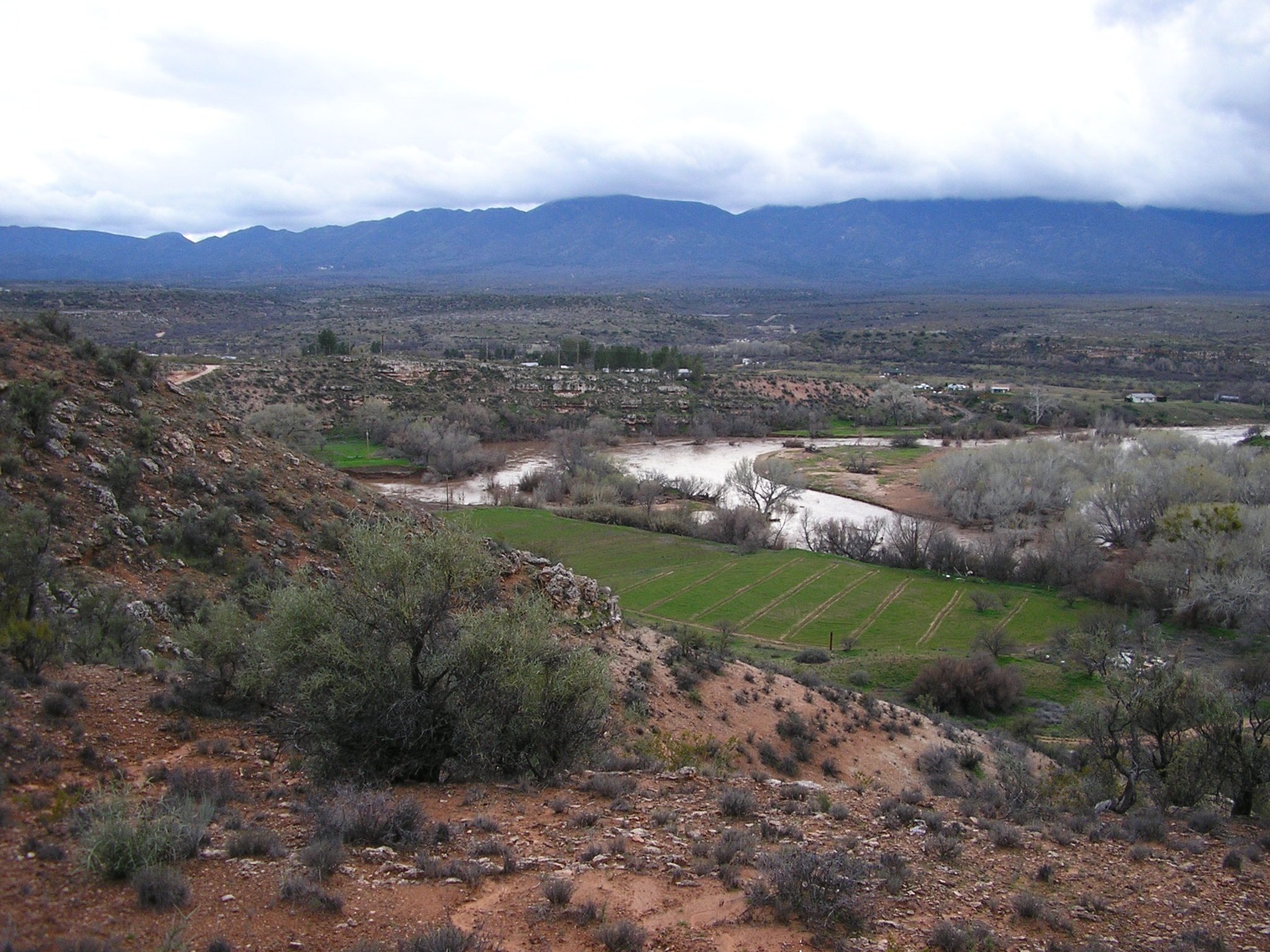42 Districts. One Great State.
Each District has characteristics that are defined by history, land types, resource needs, topography, and much more. From Saguaro deserts to mountain ranges of Ponderosas, Arizona presents a striking contrast in landscapes that is uniquely its own.
80+ Years of Conservation
In 1941, the Arizona Legislature took the Federal government’s Standard State Soil Conservation District Law and established Arizona’s Conservation Districts in response to the devastation of the great dust storms of the 1930s. In the beginning, there were only four Districts…today, there are 42 dedicated to the conservation of Arizona’s precious natural resources. The Districts were charged by the Legislature with the statutory responsibility to provide for the conservation and restoration of lands, water, wildlife, and other natural resources, and to protect water rights, the tax base, public lands, and the general health and welfare of the people. It is important to appreciate that Districts are the only organization – local, state, or federal – with such a broad authority to work on all types of natural resource conservation practices across all land ownership or land-use types. All other government agencies are restricted to specific resources like water or wildlife, or land ownership types like privately owned land or land owned by government agencies.
Quickly Search for a District

Conservation at the Local Level
District Supervisors
Each District is run by a board of locally elected or appointed farmers, ranchers, and other land managers called “supervisors.” Supervisors are unpaid and donate thousands of hours each year to help local agricultural producers and other land stewards implement conservation work. Supervisors work with stakeholders and District "cooperators" to identify resource conservation needs, set priorities, and help implement conservation practices at the local level.
District Cooperators
Cooperators are local producers and other land managers who reside in a District. Districts seek to join forces with interested Cooperators and leverage available resources to enhance Arizona’s working landscapes for ecological and economic prosperity. Districts do this by collaborating with over 20 federal, state, and tribal agencies and other stakeholders who have authority, funding, or expertise in the management of land, water, air, wildlife, and other natural resources. With the support of Districts, Cooperators receive the technical and financial assistance needed to develop, fund, and implement sound, locally-led conservation plans and practices.


